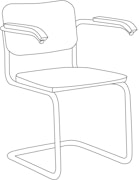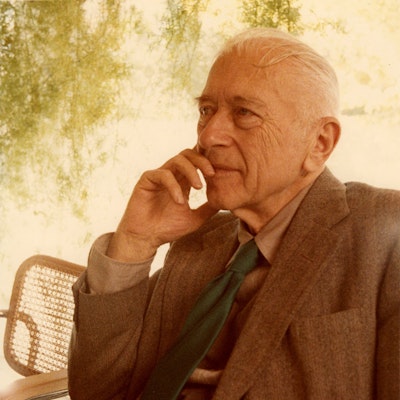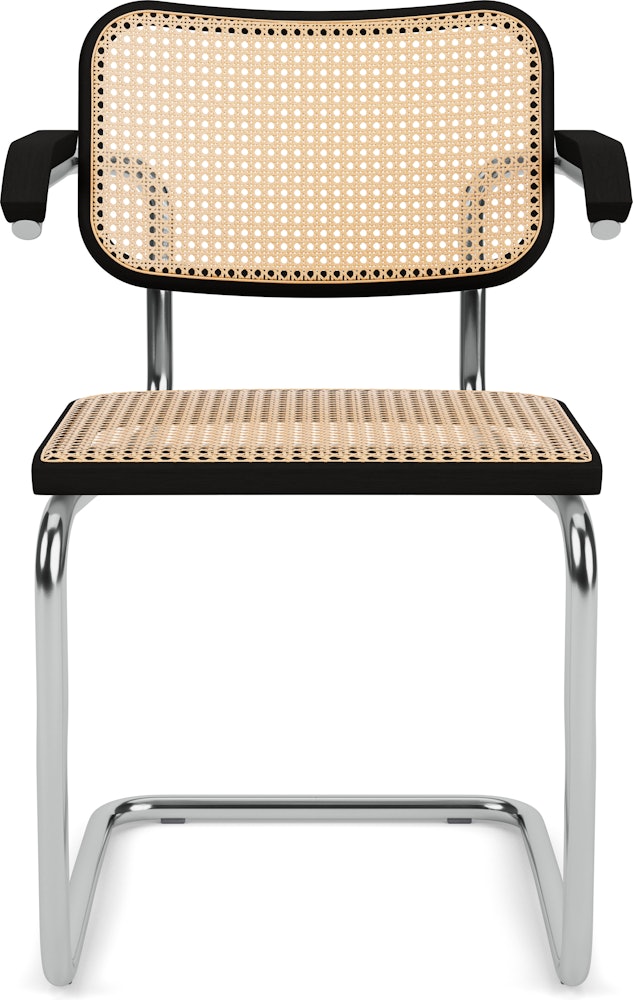Shipping + Delivery
Authenticity Guaranteed
This is an original, authentic Knoll product.
Complimentary Design Services
Transform your space with advice from our Design Specialists, included without charge. Get in touch
Warranty
5-year warranty
Terms and conditions apply. Learn more
- Tubular steel frame inspired by that of a bicycle.
- A comfortable cantilever design.
- Designer
- Marcel Breuer
- Collection
- Cesca Seating Collection
- General Dimensions
-
- 31½" H 23½" W 23½" D
- Product Weight
- 16 lbs
- Assembly
- Comes fully assembled
- Warranty
-
5-year warranty
Terms and conditions apply. Learn more
- Item No.
- 420709

Side Chair
- Height (in): 31½
- Width (in): 18½
- Depth (in): 23½
- Weight (lbs): 14
- Seat Height (in): 17¾

Armchair
- Height (in): 31½
- Width (in): 23½
- Depth (in): 23½
- Weight (lbs): 16
- Seat Height (in): 17¾
- Arm Height (in): 27
- Tubular steel frame with chrome-plated or ultra-matte powder-coated finish
- Plastic floor glides
- Notification of Filling Contents
Shipping Options
- Threshold Delivery, In-Home Delivery
Return Options

Marcel Breuer
Marcel Breuer is equally celebrated for his achievements in architecture and furniture. He was a student and master carpenter at the Bauhaus in the 1920s, and then the architect on many notable projects, including the original Whitney Museum of American Art in New York, the Cleveland Museum of Art, and the UNESCO headquarters in Paris.
More on Marcel Breuer







